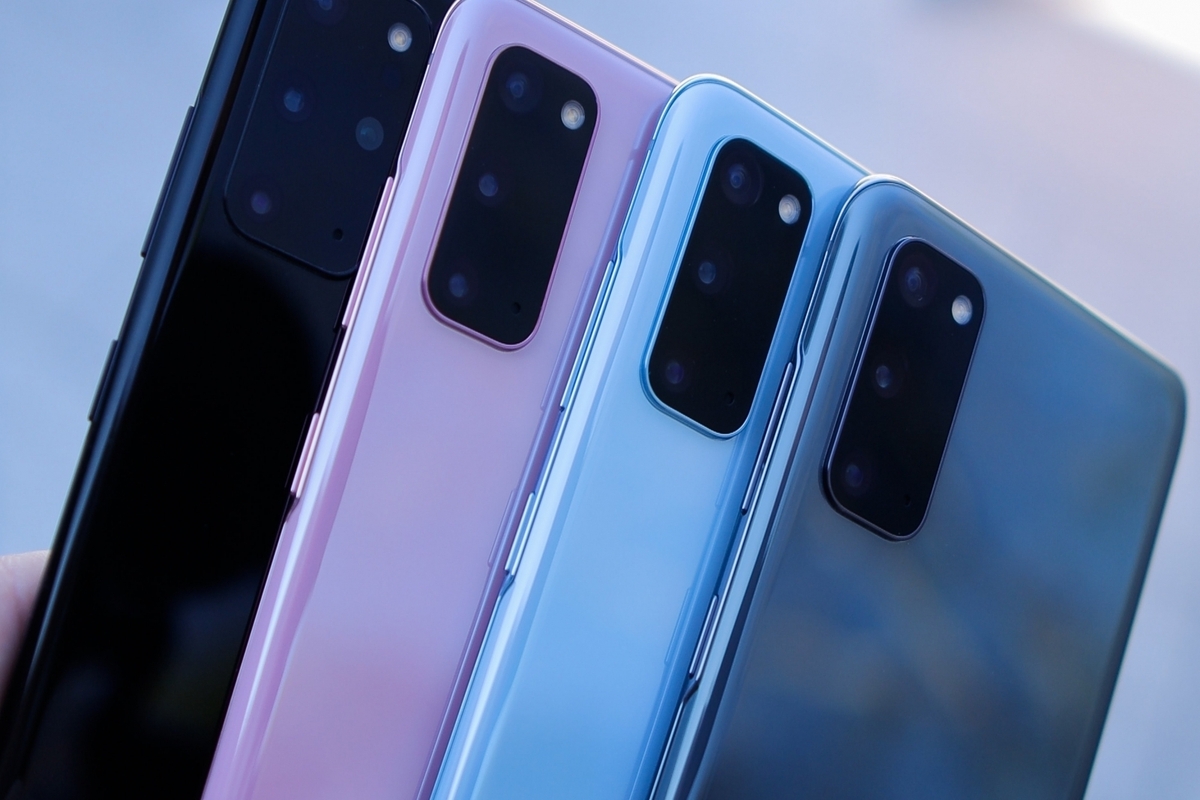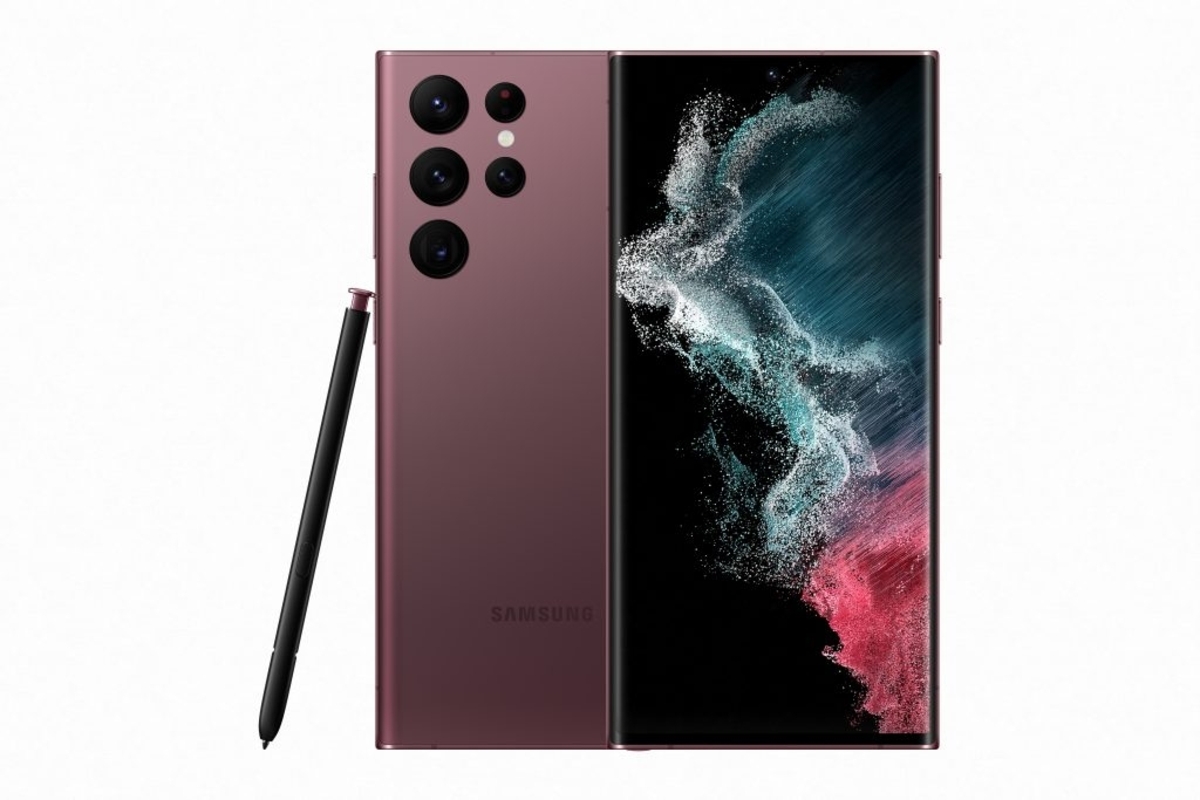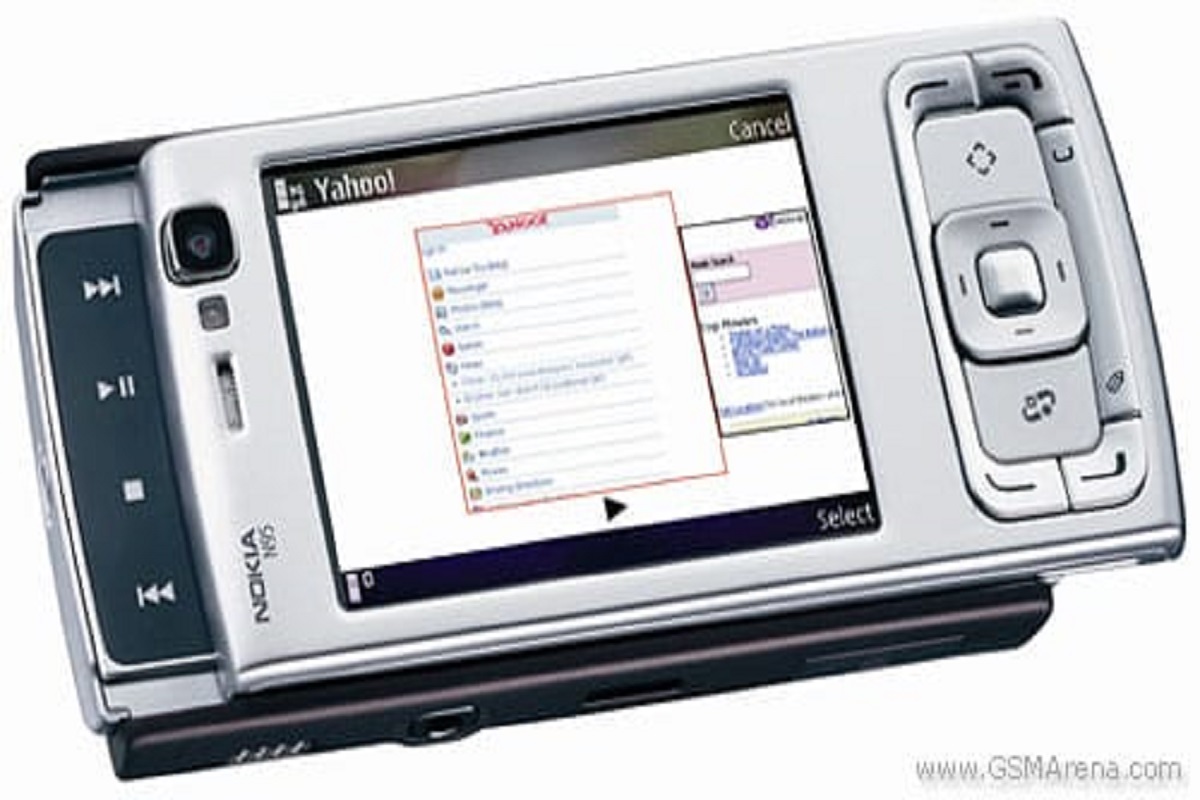#WorldPhotographyDay: Make your pictures speak louder on Twitter with these features
This #WorldPhotographyDay, let’s take a look at how photographers can make their content stand out and grow with their audience on Twitter.
From Samsung’s changing camera aperture feature in the Galaxy S9 to S22 Ultra 100x Moon zoom and 108MP camera sensor.

World Photography Day: All you want to know about cell-phones cameras
World Photography Day: Every year on August 19, many international forums acknowledge the contribution photographers and camera pioneers make towards creating a better understanding of the world through their photographic skill.
This year’s theme of the World Photography day is: “Pandemic Lockdown Through the Lens”.
The world’s first publicly photographic process camera ‘Daguerreotype’ was introduced globally in 1839. It was developed by two Frenchmen named Louis Daguerre and Joseph Nicephore Niepce.
Advertisement
In the same year, the then French government acquired the patent for the invention and gave it to the world as a gift. Ever since, this day is commemorated as the World Photography Day.
Over the years, we have seen many visually powerful themes captured on innovative cameras added by state-of-the-art devices and accessories. These pictures taken by both professional and amateur, but consummate photographers have become a part of our collective heritage.
It’s scientifically proven that photographs are superior to words or texts, and it is the human tendency to remember an image for a longer duration of time that gives an edge to photographs than a written word.
While for a writer, quality of pen doesn’t matter much, for a photographer the camera he or she uses can make or break his career. Hence, it’s in the fitness of things to choose a camera that best suits the purpose for which you want to buy.
As traditional cameras are becoming pricey by the day, smart phones cameras have emerged as an alternative choice for both professionals and amateurs.
Gone are the days of chunky digital cameras with a variety of supportive accessories. The New-Gen smartphone cameras are more productive and capable than many digital and DSLR cameras.
Smartphone cameras are fast taking over low-end digital cameras. Recently, Panasonic and Nikon had to shut down production of compact-size digital cameras due to low demands, and this is just the beginning…

Over the years, we have witnessed mind-boggling advancement in smartphone camera technology.
From Samsung’s changing camera aperture feature in the Galaxy S9 to S22 Ultra 100x Moon zoom and 108MP camera sensor, from Xiaomi‘s 1-inch sony’s sensor in its 12s ultra phone to Apple i-Phone 13’s cinematic mode for videography, the quality of camera sensors have been improved a lot.
However, technological advancement in smartphone cameras did not happen overnight. Years of hardware and software knowledge have shaped and refined the quality of cameras we are using today in our smartphones.
It all started way back in 1997, when US-based engineer, Philippe Kahn came up with an idea to install a compact camera module in his Motorola cell phone, this idea idea came out of a necessity to capture and share the birth of his daughter.

Philippe’s idea of amalgamation for these two technologies became an engineering marvel that changed the way we now share and consume visual information from our cell phone cameras.
In 2000 a cell phone company named Sharp from Japan came up with the first legit camera phone, the Sharp J-SH04.

Although it was just a sub-standard 0.11MP VGA camera integrated on the rear side of the device, it opened the doors for other companies to make refinement by taking small measures from this device.
Then came the year 2005, when Nokia introduced its N-series lineup. It was the Nokia N90 that made the series a massive hit globally.

Nokia N90 had a 2 MP camera with auto focus, but what made it stand apart from that era rival phones was its camcorder-like feature, it had a 90-degree rotational screen and a 270-degree rotating camera with flash and Carl Zeiss lens. Nokia N90 made the videography from a cell phone more fun and premium.
A year later in 2006, Nokia came with N95 the successor of the N90, the sliding bar phone took the photography game to a whole different experience and it is credited as the first 5MP camera used in a phone.

It offered 5MP of the main camera with Carl Zeiss optics and Auto Focus, and a front VGA which made video calls possible. To store the superior quality media it gave the option of expandable storage with an external SD card slot.

Just a year later, HTC launched the HTC One M8, which used dual sensors in cameras. Dual sensors of 4MP wide and 4MP Depth used to sense depth in photographs to give bokeh background effect and 3d pictures.

Later many Smartphone Manufacturers used two sensors for bokeh effect, but the credits will always go to the HTC for pioneering this hardware and software feature.
Apple in 2016, launched the top-of-the-line device the iPhone 7 Plus, whose camera turned out to be the game changer for the people who loved to take Portrait shots.

The clarity and depth of field it created in every Portrait picture became unmatchable for the other smartphone brands. iPhone 7 Plus used a 12MP wide angle lens and a 12MP telephoto lens to figure out the space between the subject and the background.
Advancements in cell-phone cameras have proven to be a golden goose for the smartphone companies. As long as the consumers are ready to lap up any new take mobile phone companies can have a field day.
Advertisement